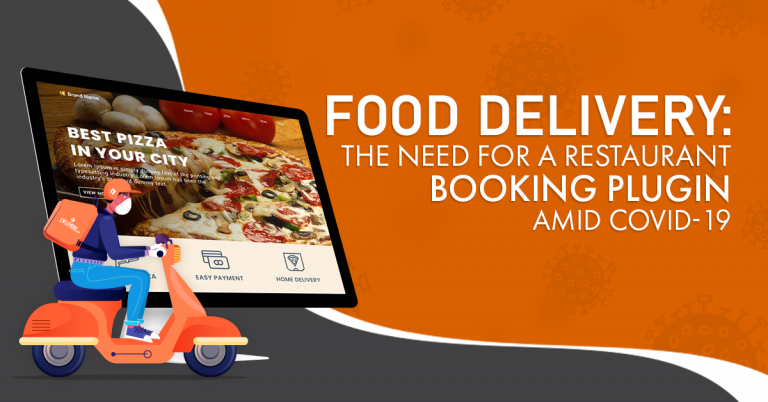Why You Should Know the Five Principles of Lean

Have you heard of the Lean Principles? Coined by the founders of the Lean Enterprise Institute in 1997, it is an idea that enables an organization to maximize customer value while minimizing waste. Thus, lean means that you can create more value for your customers using fewer resources. Read on and learn how the five Principles of Lean help streamline your business operations.

Why Organizations Follow the Principles of Lean
Because of the lean principles, an organization can better understand and increase customer value by streamlining its key processes. The primary goal of the lean principles is to provide excellent value to the customer using a perfect value creation process that produces zero waste.
The lean principles remove the need to optimize different technologies, assets, and vertical departments. Through the lean principles, you can optimize the flow of your products and services to your customers through entire value streams that horizontally flow across technologies, assets, and departments. The lean principles eliminate waste. It also allows you to create a process that reduces human effort, space, capital, and time to develop products and services using fewer costs and fewer defects.
Let us integrate the lean principles in your business, shall we? For example, say that you are running a restaurant. To increase customer value and satisfaction, you need to streamline your work operation to produce high-quality products and excellent services. Because your customers will have to make a reservation to dine at your establishment, you can use a WordPress restaurant reservation plugin such as eaSYNC Booking to help manage your reservations.
In doing so, your customers can schedule their reservations at their convenience. Then, you only need to click a few buttons to manage their reservations. In addition, with an online booking system, you can handle overbooking and address other restaurant reservation challenges. Aside from that, you also remove the need to have someone answer phone calls and emails from customers who wish to reserve a table. Thus, in the end, you also improve staff efficiency by helping them focus on more critical tasks that require their attention.
Principles of Lean in Various Industries
The lean principles are a way of thinking and acting that anyone can integrate into their organization. For this reason, various industries can employ this idea in their work operations. As such, industries and sectors, including healthcare, government, manufacturing, web design and development, to name a few, use the lean principles in how they think and act in their business endeavors.
Jim Womack and Dan Jones, the founders of the Lean Enterprise Institute and the Lean Enterprise Academy in the UK, respectively, share that business owners should consider three fundamental business issues to help them transform their organizations towards being lean. These business issues include the following:
-
Purpose
The organization should identify the customer problems that they should solve for their business to also grow.
-
Process
The organization should determine how they will assess each major value stream. In doing so, you can guarantee that every step in the process is valuable, available, capable, flexible, adequate, and is linked by flow, pull, and leveling.
-
People
The organization should ensure that each value stream of the essential processes has someone to monitor, evaluate, and improve it in terms of business purpose and lean process.
The Five Principles of Lean
Here are the five steps that can help your business implement the lean principles:

1. Identify Value
First, you should identify the needs and requirements of your customers. You can determine this by conducting interviews and data analysis. Please take note that not all of your customers will be vocal about their needs. As such, it will be your task to engage with your customers and get their expectations from your brand.
2. Map the Value Stream
The next step is to determine the value stream. The value stream comprises the necessary steps or activities to take to complete the project. It would be best to use the information gathered and analyzed in the first step as your reference. As such, upon mapping the entire value stream, you can pinpoint particular areas of inefficiencies in your process so that you can start eliminating them.
3. Create Flow
For the third step, it is integral that you create a flow of steps that occur in a tight sequence. Doing so helps your product flow more smoothly towards your customer. So, start by dividing your entire process into delivery units in a sequence until it reaches the end of the process. Then, make sure that each step happens without any problems and that all the resources arrive on time.
4. Establish Pull
As you introduce the flow to your customers, the next thing you should do is let them pull value from the next upstream activity. With this, you should also ensure that nothing is created or processed ahead of time. In doing so, you reduce the costs of maintaining inventory.
5. Seek Perfection
In the final step, you should start doing the process again. Then, improve every aspect of it until you reach perfection. Repeat this process until you can create perfect value with zero-waste.

The Principles of Lean Help Streamline Business Operations!
Employ lean principles in your business operations so you can maximize customer value while minimizing costs. If you have any questions about the principles of lean, please feel free to post them in the comments section below. We can’t wait to hear from you!
Related Articles
-
eaSYNC Booking Plugin and Who Should Use It To Boost Business
The Opportunity via eaSYNC Booking At its heart, online booking systems such as eaSYNC Booking are tech...
Posted on Dec 26, 2019 -
3 Core Ideas To Incorporate In Your Restaurant Marketing Strategies
From photos, videos, to audio advertisements, there are lots of ways restaurants market themselves in order...
Posted on Mar 20, 2020 -
5 Ways to Efficiently Manage Restaurant Reservations
Managing reservations at your restaurant can be challenging. It does not matter whether you have been at it for years or are new to the industry...
Restaurant Booking Plugin, Wordpress Booking Plugin, Wordpress Online Booking, Wp Restaurant Booking PluginPosted on Mar 2, 2022 -
Restaurant Reservation Plugin Demo: A Walkthrough
If you own a restaurant website, you surely need a booking system to help manage your restaurant reservations. So, if you need a restaurant rese...
Restaurant Booking Plugin, Wordpress Booking Plugin, Wordpress Online Booking, Wp Restaurant Booking PluginPosted on Nov 10, 2021 -
Food Delivery: The Need for A Restaurant Booking Plugin Amid COVID-19
Amidst all the changes that are happening all over the world, for consumers, having access to food service,...
Posted on Apr 23, 2020 -
Restaurant Reservation System Best Practices for 2021
The previous year has forced the restaurant industry to create innovative solutions to address business and...
Posted on Feb 15, 2021







